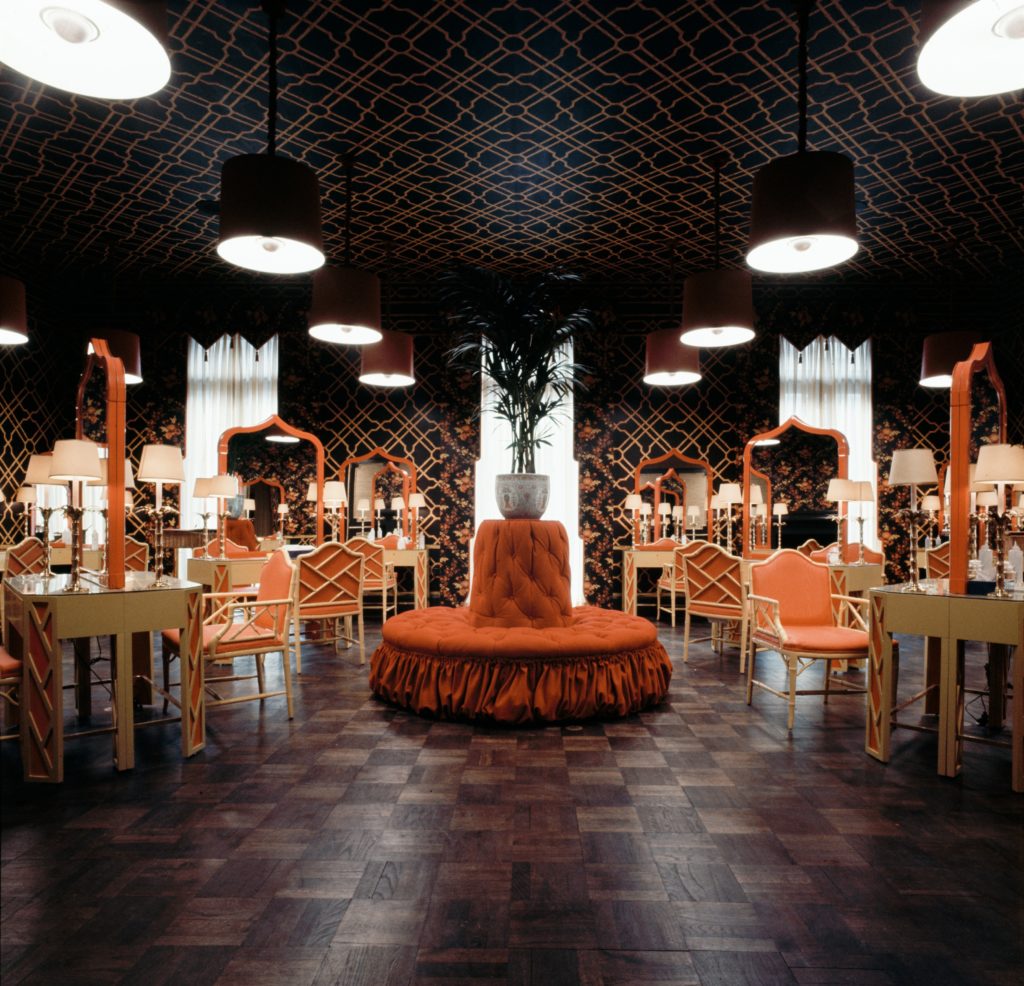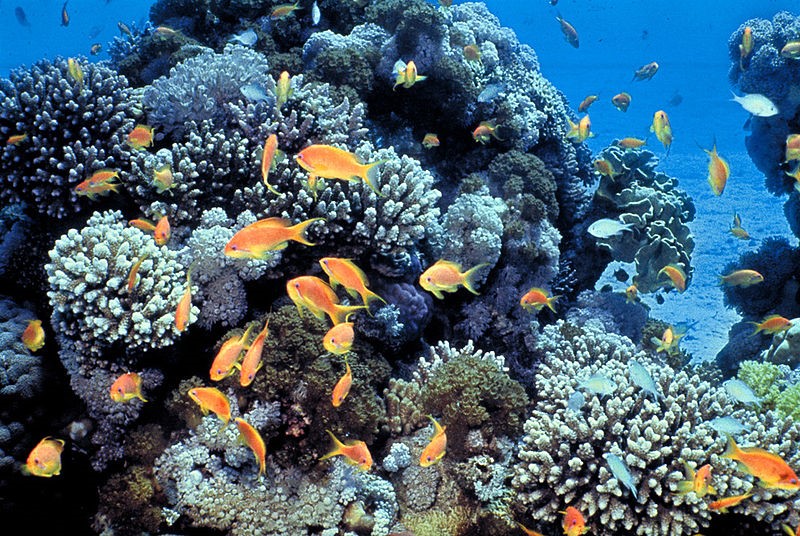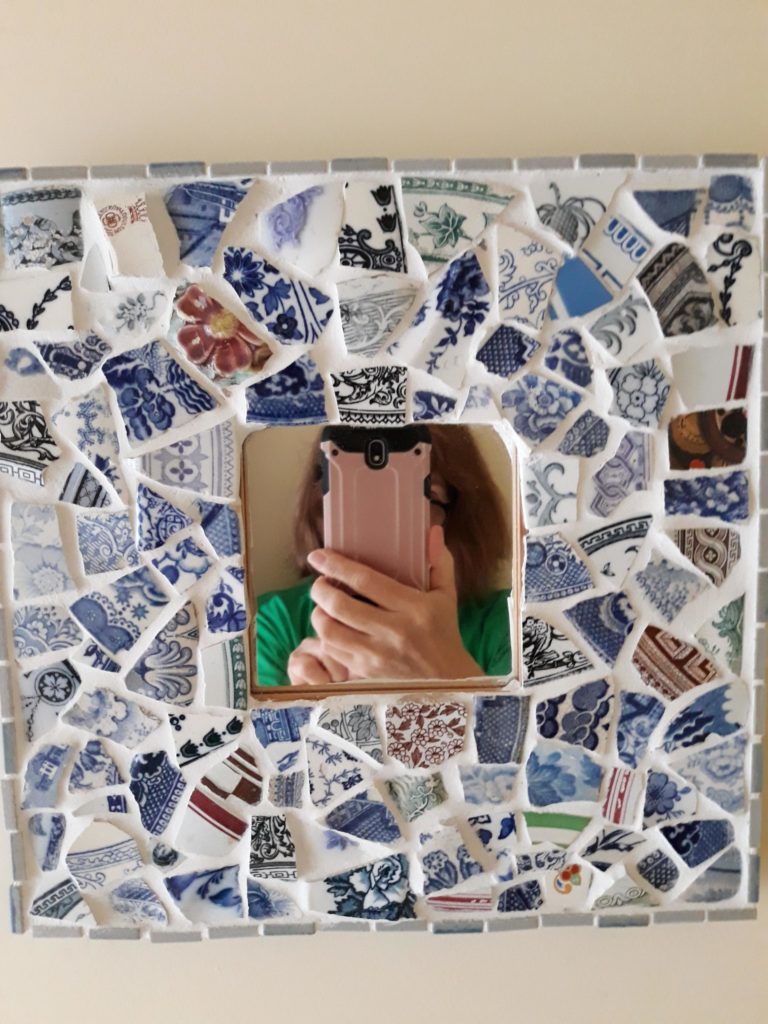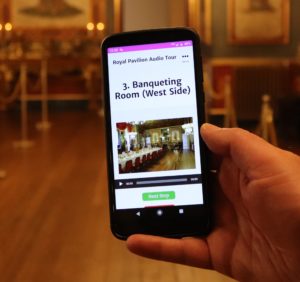
This is a legacy story from an earlier version of our website. It may contain some formatting issues and broken links.
For some, the company of a pet will have been invaluable during the coronavirus lockdown. Yet in equally exceptional circumstances, a time when Britain was on the brink of war, the nation’s pets also faced an uncertain future.

Buster Lloyd-Jones with a labrador, chihuahua and parrot photographed by Geoffrey Harper,
During the first week of the Second World War some 400,000 companion animals in London were destroyed by their owners, prompted by notices published by the National Air Raid Precautions Animals Committee (NARPAC). These stated ‘if at all possible, send or take your household animals into the country in advance of an emergency’, concluding that ‘if you cannot place them in care of neighbours, it really is kindest to have them destroyed’. Buster Lloyd-Jones offered his home to many displaced and unwanted animals during this tumultuous time. The health and wellbeing of our furry, scaly and feathered friends would become his life’s work.
Considered one of the ‘most skilful veterinary surgeons to have practiced his art’, Buster’s life and career had a bumpy start. Born in 1914 in Feltham, now part of Greater London, William Llewelyn “Buster” Lloyd-Jones was confined to bed with polio as a child but occupied his days observing animals, their traits and interactions with the environment. He later wrote that ‘animals have an instinctive wisdom, a deeply ingrained understanding of nature, which man once had’.
His affection for animals turned into a passion and he was determined to become a vet, much to the disappointment of his father. Their relationship effectively ended when he enrolled as a trainee in animal husbandry, soon becoming a vet at the animal dispensary in Wimbledon. From 1934, Buster was working in Chelsea and Brighton.
War saw a return to Feltham where he continued his veterinary work. Writing in his 1968 autobiography, Buster remarked that ‘the men went off to war and the women to war work, the children were evacuated; with the family gone there was no place for the family pets. All over the country they were put to sleep in their thousands’. The fate of many animals prompted Buster to purchase Clymping Dene beside Feltham Park, a 1930s detached house set in ten acres of grounds. This became home to a menagerie of animals including cats, dogs, monkeys, goats, two donkeys and a horse.
Anti-German sentiment saw a rise in the number of dachshunds being neglected, their owners looked upon as ‘dangerously unpatriotic’ Buster recalled. Many were brought to him as evacuees or to be destroyed. He couldn’t bring himself to put them down and at one time found himself caring for 60 dachshunds. Many evacuated dogs were not wanted back at the end of the war, Buster declaring that ‘owners had lost interest in the labradors, the dalmatians, the alsatians that had once been the centre of their lives.’ But he did recount some years later that about 10 dachshunds were collected by owners who looked ‘a bit sheepish… Dachshunds were small enough to be fashionable again.’ Many animals would remain in Buster’s care following the war.
Another interest of Buster’s was the ‘the process of applying natural remedies to animals’. During the war, when food and medicines were scarce, he trialled natural feeding methods and used homoeopathic and herbal remedies to aid animals back to health.
Buster returned to Brighton after 1945 partly for the sake of his own health, moving to The Homestead off Station Road opposite Preston Park Station. The property was renamed The Denes in the late 1940s during which time his practice continued to flourish, attracting the patronage of some the nation’s most famous pet owners. These included Prime Minister Winston Churchill and the cinema and movie mogul Joseph Arthur Rank, whose wolfhounds and great danes he treated for streptococcal infection.
In 1951 Buster founded Denes Natural Pet Care making natural health care products for animals including food supplements and homeopathic remedies. His reputation continued to grow, receiving global acclaim for his work.
By the mid-1960s, Buster’s health was ailing, and he was no longer able to continue his veterinary work. He wrote to the Royal Veterinary College to remove his name from the register of practising vets, later writing that ‘the weather matched my mood when I wrote that fateful letter. Although it was high summer – 25 June 1965, I will never forget the date – it was a dark and forbidding afternoon.’
Although illness now confined Buster to a wheelchair he busied himself with writing. The autobiographies The Animals Came in One by One and Come into My World were published in 1968 and 1972 respectively and have been enjoyed by many. Buster’s humorous anecdotes include his attempts to persuade Churchill not to stuff his poodle with chocolates and his many tales of providing homes to all manner of creatures.
The following publicity shots of Buster with three of his animal companions were commissioned for use in his publications. They were taken by Hove-based photographer Geoffrey Harper and form part of an album of photographs of local celebrities and Brighton redevelopment works donated to Royal Pavilion & Museums.
Buster sold Denes Natural Pet Care to a friend in 1970 and the business continues to trade today, having been based in Brighton & Hove until relatively recently. Further writing would occupy Buster’s time, and he published a variety of other titles and articles about natural health treatments for animals. He also jested that he felt like Mr Chips watching the dogs of Brighton and Hove passing his home, knowing that many of them or their parents or grandparents were once his patients.
Buster passed away in 1980, but the legacy of his life’s work dedicated to improving the health and wellbeing of our pets endures. He encouraged people to see and appreciate animals in a new light, once musing that that ‘many people love animals but very few really understand them… those that do have something indefinable, far surpassing the qualities of patience and affection, intuition and firmness’.
Dan Robertson – Curator of Local History & Archaeology


































